Who doesn’t like the look of a fantastic tiffin box packed with a delicious meal inside? The market is filled with boxes in pretty designs and various shapes and sizes. Most people streamline their choices down to either a stainless steel lunchbox or a plastic lunch box.
Most people even prefer plastic containers over a glass or ceramic ones. Indeed, plastic containers are lighter to carry. A few types can easily be put into the microwave, and most of them come with leak-proof lids. However, you need to check if the plastic lunchboxes are BPA-free.
Choosing the right kind of lunchbox is very important since it impacts our health and our environment too. Here’s a simple guide to choosing safe lunch boxes.
1. Material
It’s pretty obvious that you have to take the lunch box’s material into account while shopping for the safest tiffin box. One must choose the material wisely because it affects not only your health but also the environment.
Glass and ceramic containers with leak-proof lids are convenient for safety, but stainless steel lunchboxes are the winner when it comes to material. Both types, however, significantly reduce the health and environmental impacts.
2. Easy to Clean and Use
A clean lunch box is the most safe lunch box too. Plastic and glass lunch boxes retain the color and odour of the food you carry. A stainless steel lunchbox, on the other hand is resistant to stains and odours. Cleaning a stainless steel lunch box is also easier, you will need a mild detergent and a sponge.
3. Insulation
One of the most important things to look at while purchasing a lunch box is proper insulation. An insulated lunch box will ensure your food stays hot and fresh. Fresh food is safe to consume. Modern lunchboxes can retain temperature for as long as 4-5 hours. In fact, insulated lunch boxes also help you to keep your food cool. They maintain food at a safe temperature until lunchtime. But why should you keep your food cold? This is because it has been scientifically found that foodborne illness can multiply rapidly at temperatures between 40°F and 140°F. Moreover, perishable foods such as cold sandwiches or yogurt cannot be left out at room temperature for more than 2-3 hours before they become unsafe to eat. With an insulated lunch box, perishable food can stay cold and safe to eat until lunch.
4. Antibacterial
Stainless-steel is antibacterial and won’t leach harmful bacteria or chemicals into your food. Antibacterial lunch boxes are becoming increasingly important in the post-Covid world, especially for parents trying to protect themselves and their children. People have become more cautious about the things they touch, are more mindful of wiping down surfaces, and washing their hands, so a lunch box that prevents the growth of microbes and bacteria is a must-have these days. Lunch boxes with a freezer pack would have fewer bacteria than one without. Lastly, it is best to wash and clean your lunchbox at regular intervals to prevent bacteria growth. Dirty lunch boxes are an ideal breeding ground for bacteria.
5. Chemical Free
Your lunchbox must be chemical-free
Harmful chemicals like BPA can seep through the lunchbox into your food, causing adverse health effects, if you don not choose BPA-free lunch boxes. Stainless steel lunch boxes are safe for everyday use one of the main reasons why you need to get one for yourself.
Durable and safe lunch boxes will make mealtimes easy and quick. Choose the one that is air-tight, leak-proof, chemical and bacteria-free, environment-friendly, made of safe material, BPA-free, insulated, and moisture-proof. Stainless steel is one of the most common materials preferred for lunch boxes, followed by food-safe plastic. Further, using an insulated lunch box can be one of the most effective ways to keep food safe until lunchtime.

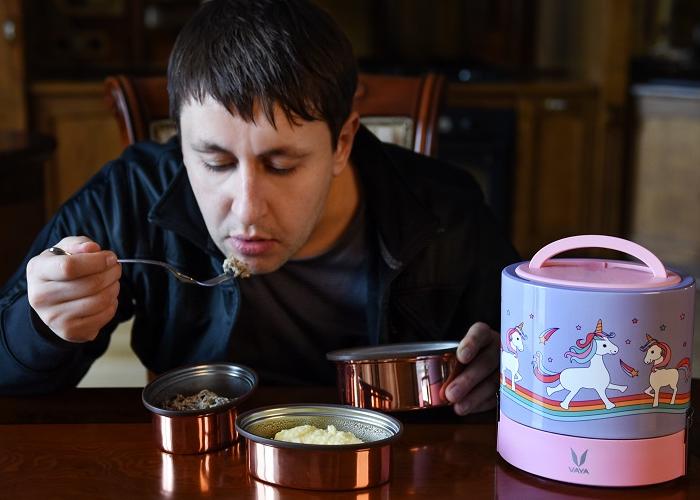

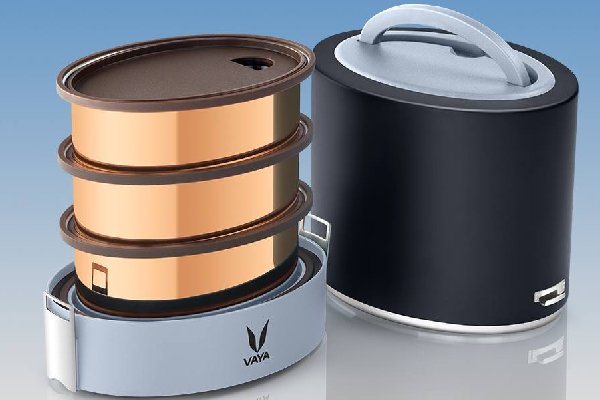
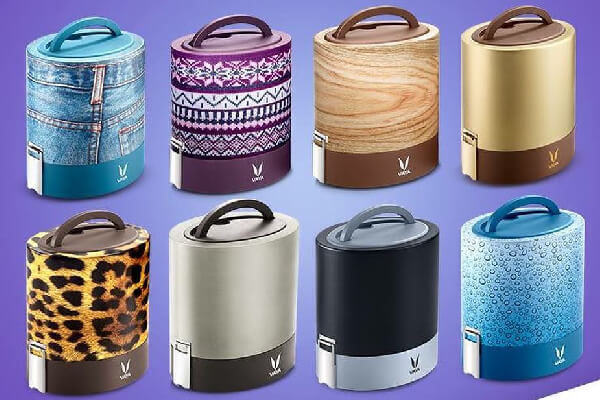
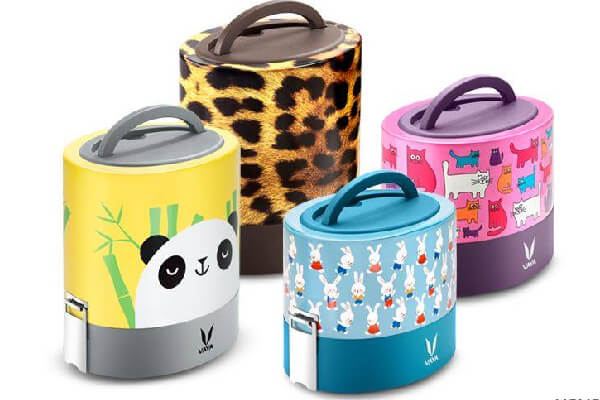
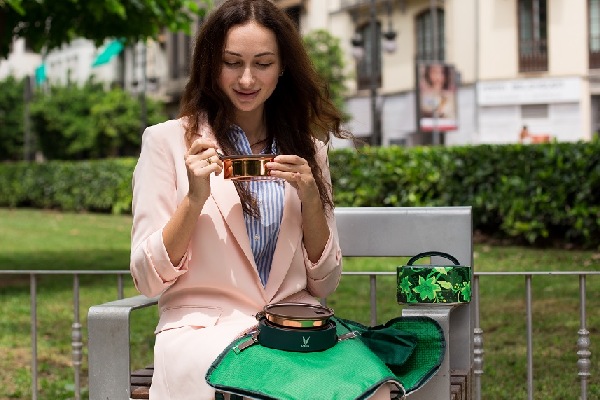
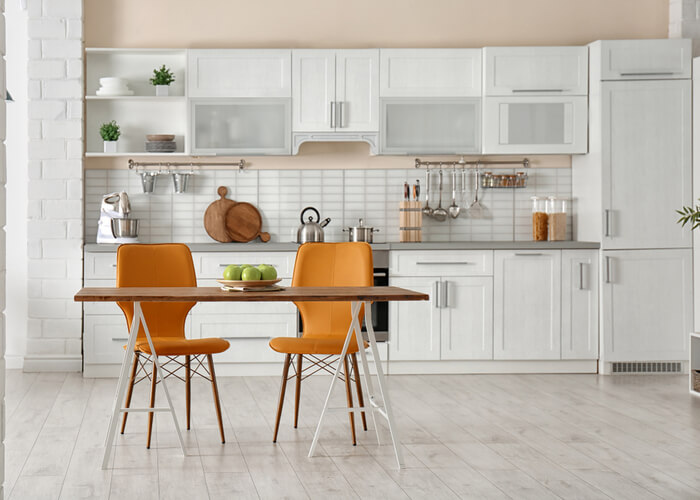
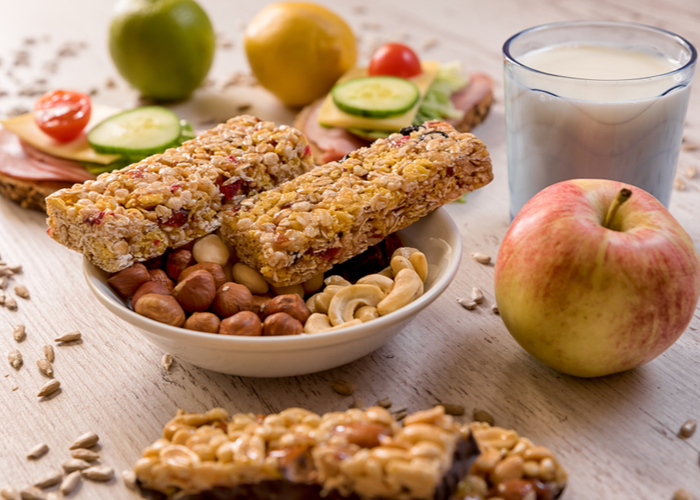
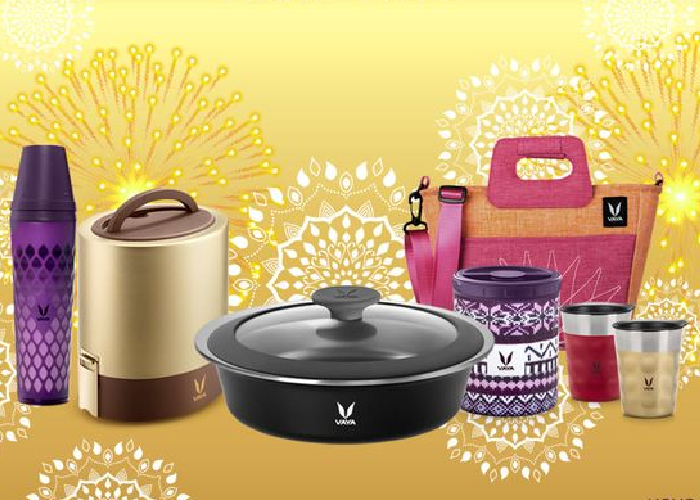



Recent Comments